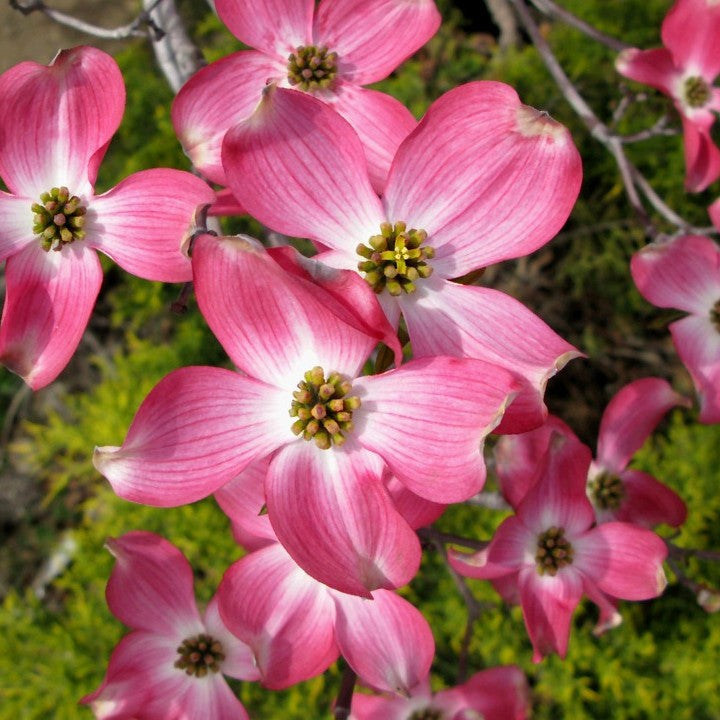

Planting in poorly drained areas will usually result in the tree dying.īest results will be obtained when dogwoods are planted in association with larger trees that provide moderate shade. Their primary demands are good soil drainage and protection from drought. They are never found in poorly drained locations in the woods. Some of the more popular varieties are listed below: White Bractsĭogwoods are adaptable to several types of soils however, they naturally grow in moist, fertile soils high in organic matter. These dogwoods are more expensive than those propagated from seed, but are usually well worth the added cost since they may flower at an earlier age or be more showy in flower. An increasing number of vegetatively produced selections are being introduced as named varieties. Most of the flowering dogwoods planted in Georgia are the white-bracted native form, which are grown from seed. Select bareroot and B & B (balled and burlapped) trees whose root systems have been protected from drying out by being “heeled-in” to moist sawdust or other organic materials. Container-grown dogwoods should have healthy white root systems which are not pot-bound. Avoid trees with damage to the stems or trees which appear under stress. Dogwoods are not difficult to grow if they are located in the proper site and if healthy trees are purchased and planted properly. The true flower parts in the center of the bracts are less showy. The showy part of a dogwood flower is actually bracts, which are modified leaves that turn color. It is native to the eastern United States and can be found growing throughout Georgia. One of the most widely planted ornamental trees in Georgia is the flowering dogwood (Cornus florida). Dogwoods do best with 2-3 inches of organic mulch.By Gary L. Dogwoods do best in some shade and rich soil, but can adapt to a variety of conditions with proper care. It provides an eye-catching display when planted in rows, but also excels as a solo planting, or among towering giants. This breathtakingly beautiful tree is an excellent choice to plant along streets, near large buildings, next to patios or as a property border. Swirling scarlet and purple leaves add to the color show in the fall, along with brilliant red berries that attract up to 36 species of songbird through the early winter. When summer arrives the upward branching and deep green textured leaves provide an elegant and graceful appearance among larger straighter shade trees, evergreens, or the sharp geometry of your home. As the days lengthen and warm, brilliant pink blooms cover the tree and announce the arrival of spring. The pink dogwood - cornus rubra - is a special tree, because it rewards the gardener all year. If you love dogwoods, but would like a heavier dose of color, then the Cherokee Brave is for you. Unlike the softer more subdued shades of the classic red and pink North American dogwoods, the Cherokee Brave stands out with a very bold and strong pink bloom that contrasts with streaks of white that run through each petal. This dogwood shares the natural elegance, textured bark and beautiful, dark green leaves of the North American white dogwood, but also stands out from the crowd with bright pink flowers that cover the tree in the spring. "Classic, but bold" is a great phrase to describe The Cherokee Brave® Flowering Dogwood.


 0 kommentar(er)
0 kommentar(er)
